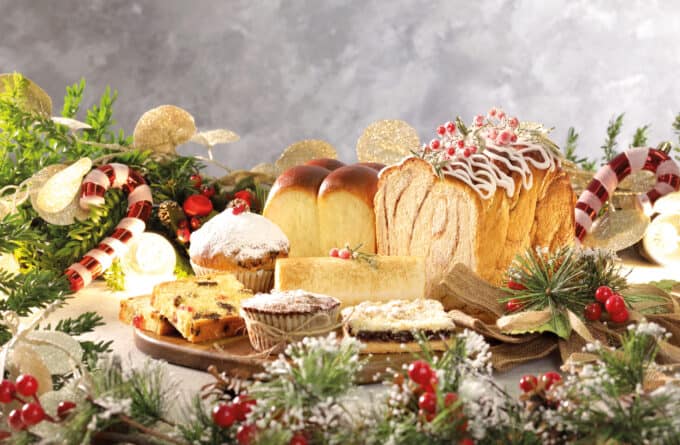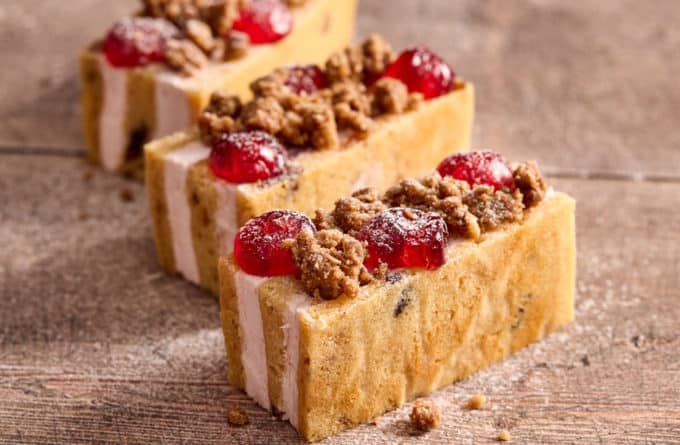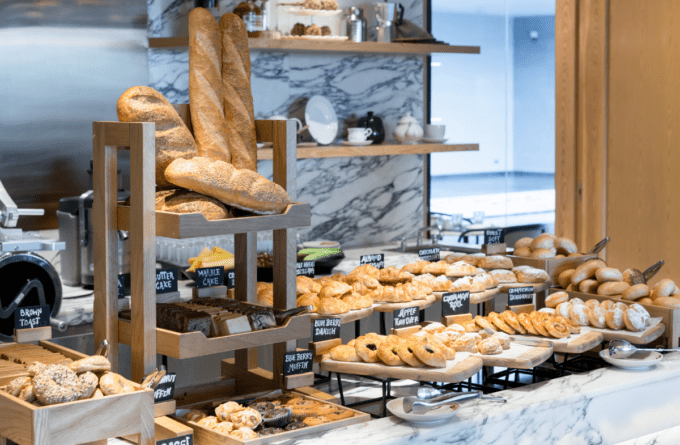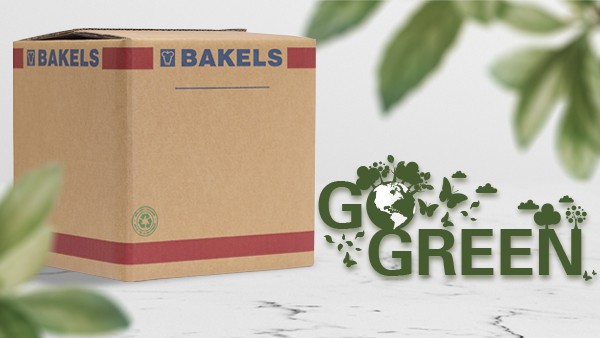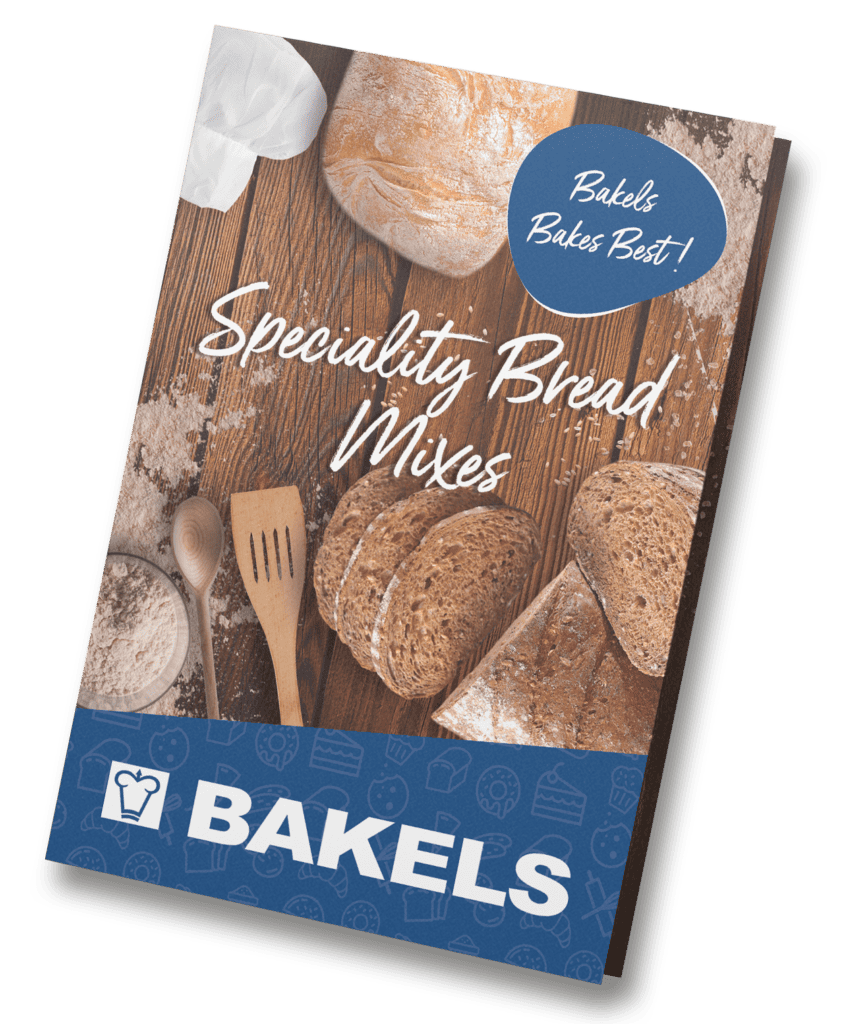
There’s nothing that quite matches the aroma of freshly baked speciality bread drifting through a bakery. Its authentic, crunchy crust bursting with flavour is a culinary wonder that can elevate even the most basic of meals. Its hearty texture, intense taste, and rustic look adds to the overall experience.
Bread is a staple food that has been a part of human civilization for thousands of years. It is a simple food made from flour, water, and yeast that has sustained millions of people throughout history.
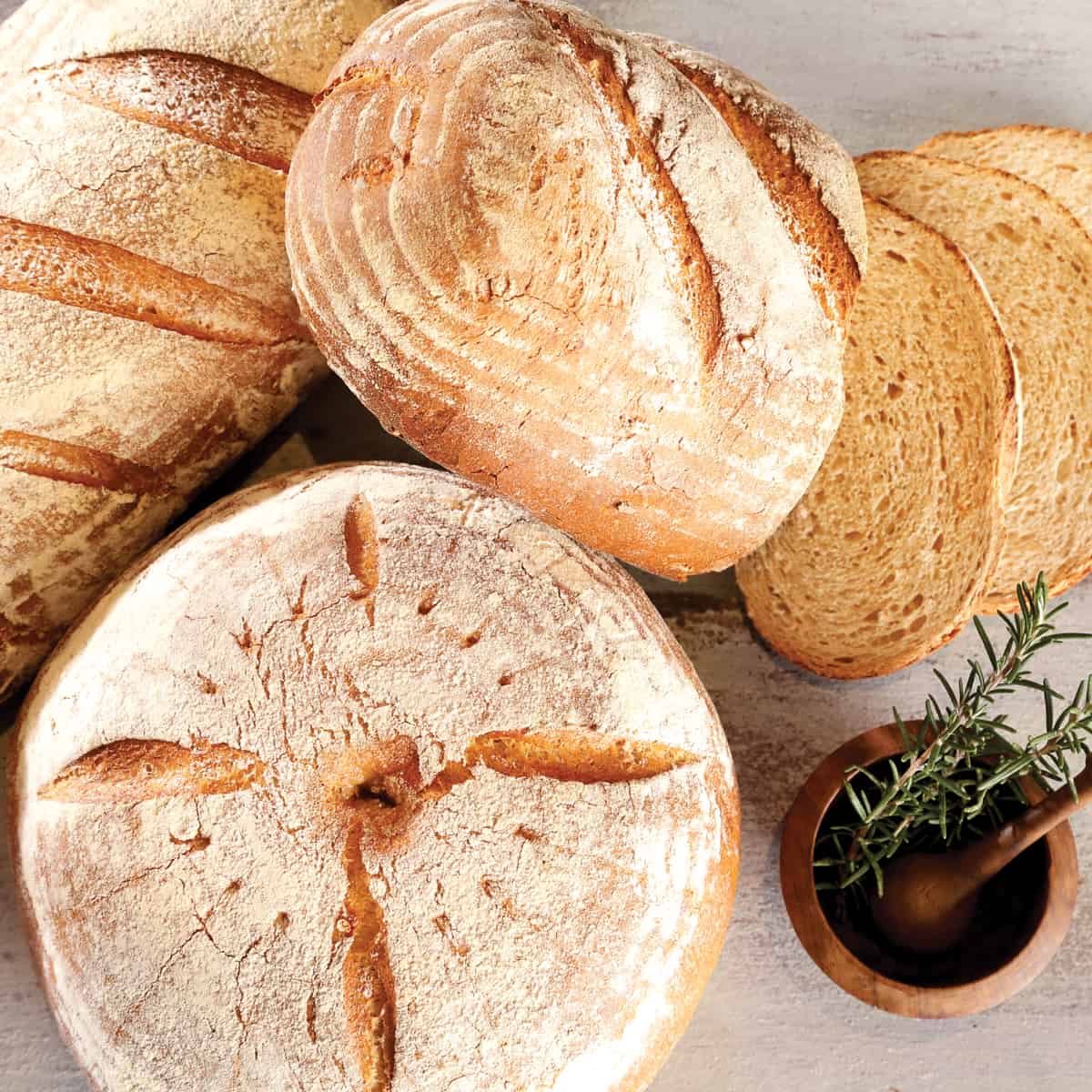
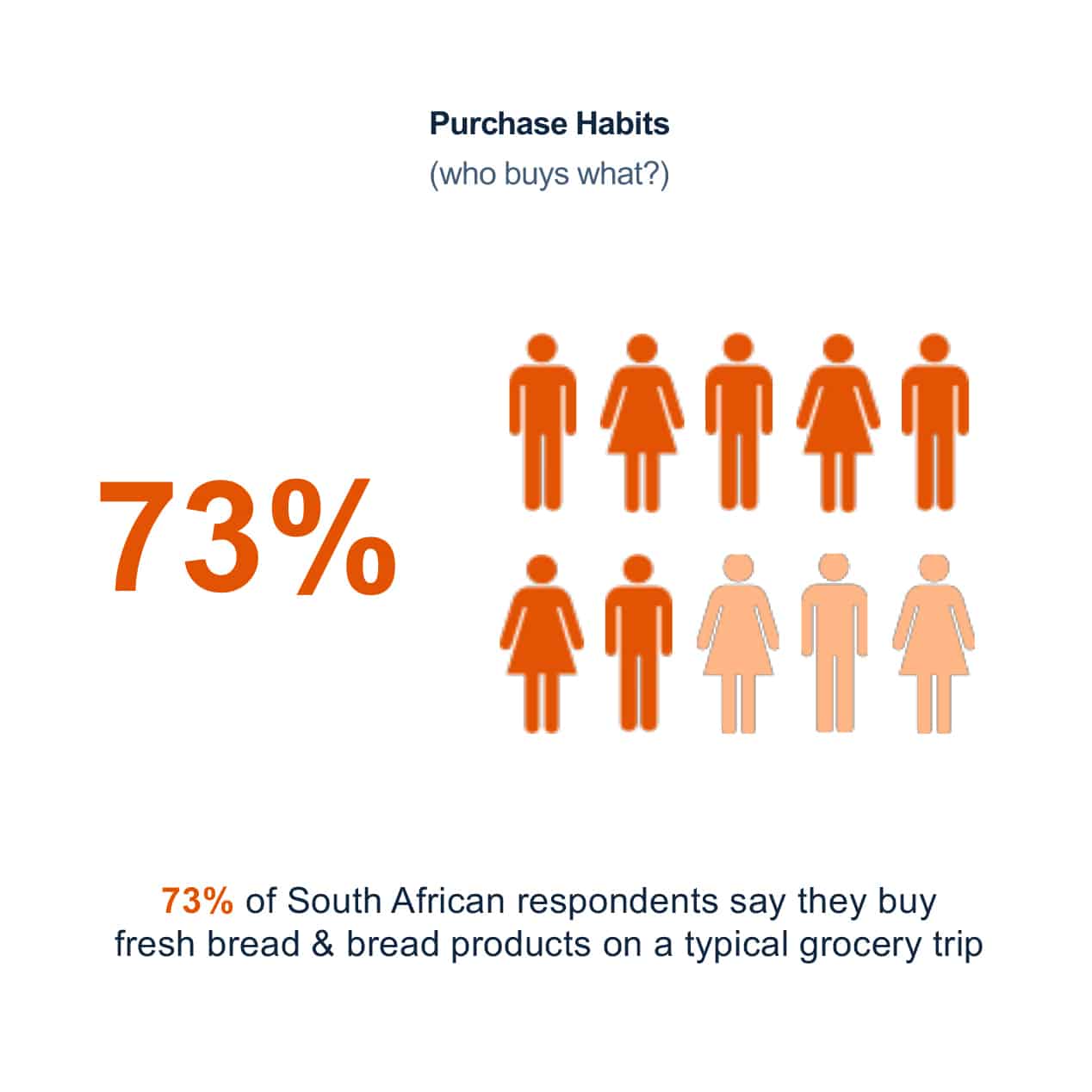
Source: Innova Category Survey 2022
First and foremost, bread is significant because it is a universal food that is enjoyed by people all over the world. From the flatbreads of India to the baguettes of France, bread is a food that transcends cultural boundaries. It is also a versatile food that can be eaten on its own or used as a base for sandwiches, pizza, and other dishes.
Another significance of bread is its role in history. Bread has been a staple food since ancient times and has played a vital role in the development of human civilization. In ancient Egypt, bread was considered so important that it was used as currency. In medieval Europe, bread was a symbol of wealth and social status, with the white bread reserved for the wealthy and the dark bread for the poor.
Furthermore, bread is a nutritious food that provides essential nutrients such as carbohydrates, fiber, and vitamins. It is also an excellent source of energy and can help to keep the body full for longer periods, making it an ideal food for athletes and people with active lifestyles.
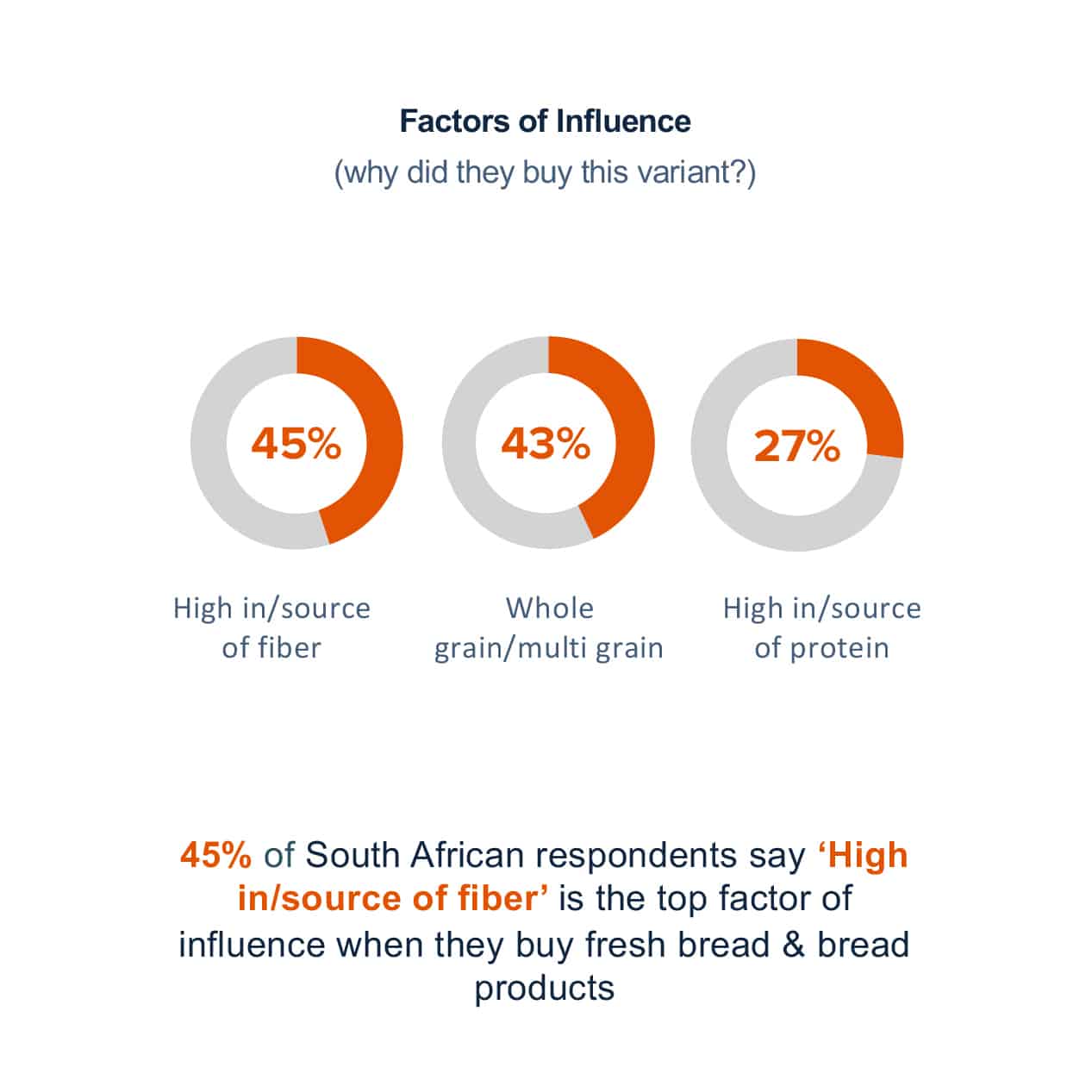
Source: Innova Category Survey 2022
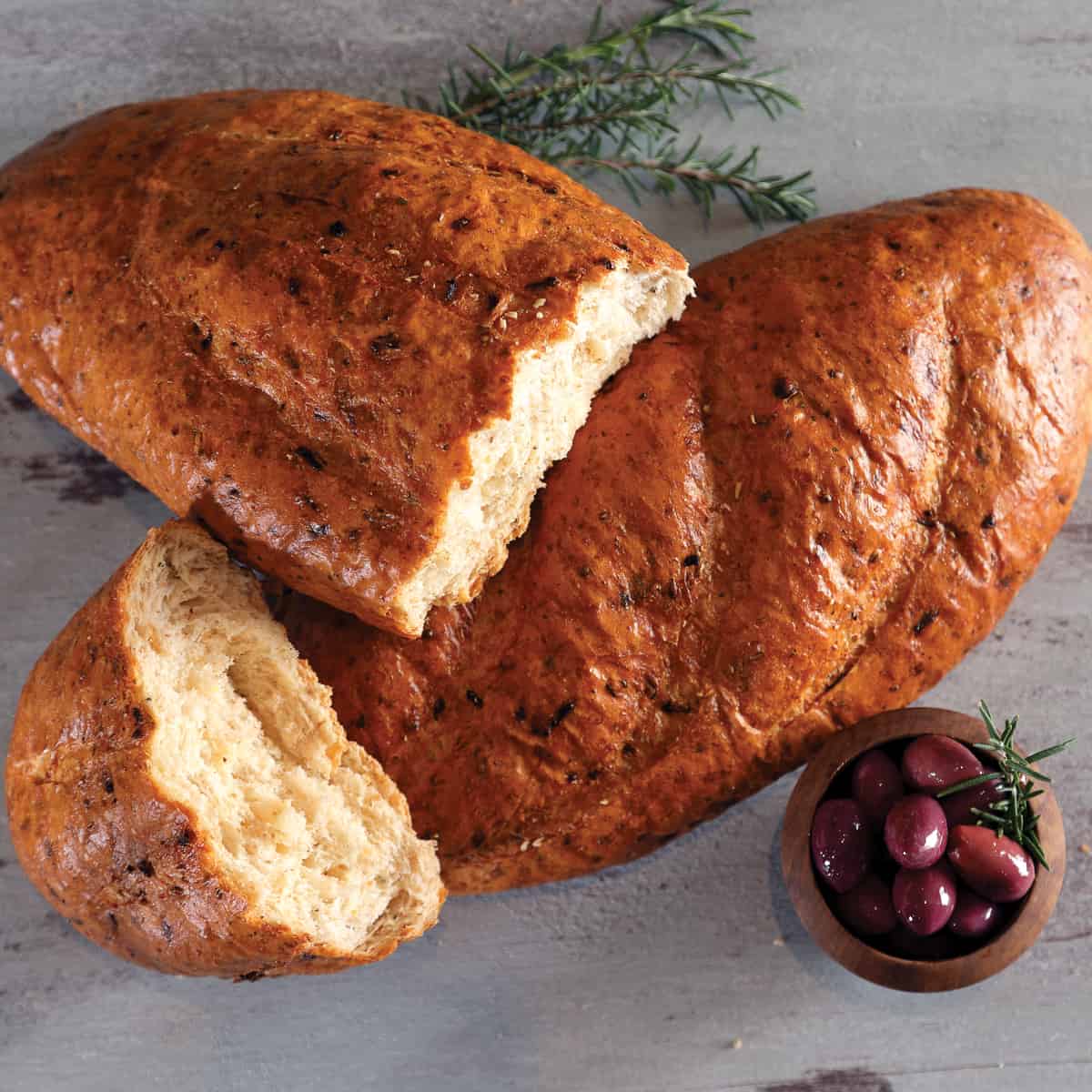
Now let’s dive into some interesting facts about bread. Did you know that the word “bread” comes from the Old English word “bread”, which means “fragment of food”? Or that the oldest known bread dates back to around 14,000 years ago.
In addition, different types of bread are made using different grains. For example, wheat bread is made using wheat flour, while rye bread is made using rye flour. There are also gluten-free bread options available for people with gluten intolerances.
Bread all over the world
The type or form of bread eaten reflects the customs, culture, religious beliefs, climate and history of people.
Bread may:
- remind people of a religious occasion
- be eaten to mark a special event or season
- be shared among family and friends as a symbol of love and affection
Bread has been written about throughout history.
8000BC
Unleavened bread was made in Egypt because rising agents, such as yeast, had not been discovered. It became an important part of the Egyptian diet and was similar to the flat breads eaten today, such as Mexican tortillas.
3000BC
Ancient Egyptians discovered how to make leavened bread. Bread became so valuable that it was sometimes used as currencies instead of money.
150BC
Romans discovered how to make good quality bread. The best bread was sold at high price to richer social classes, while the poorer quality bread was given to the poor.
1st Century
Greeks began to make bread from barley and wheat that was flavoured with milk, seeds and honey. They also made flat, baked bread that was similar to the pizza eaten today.
1202
King John in England introduced laws that governed the price of bread. People had to be able to afford it in order to survive.
1600
English people served hot crossed buns at special occasions to display their wealth. The spices needed to make the buns were very expensive, so the buns were considered very special.
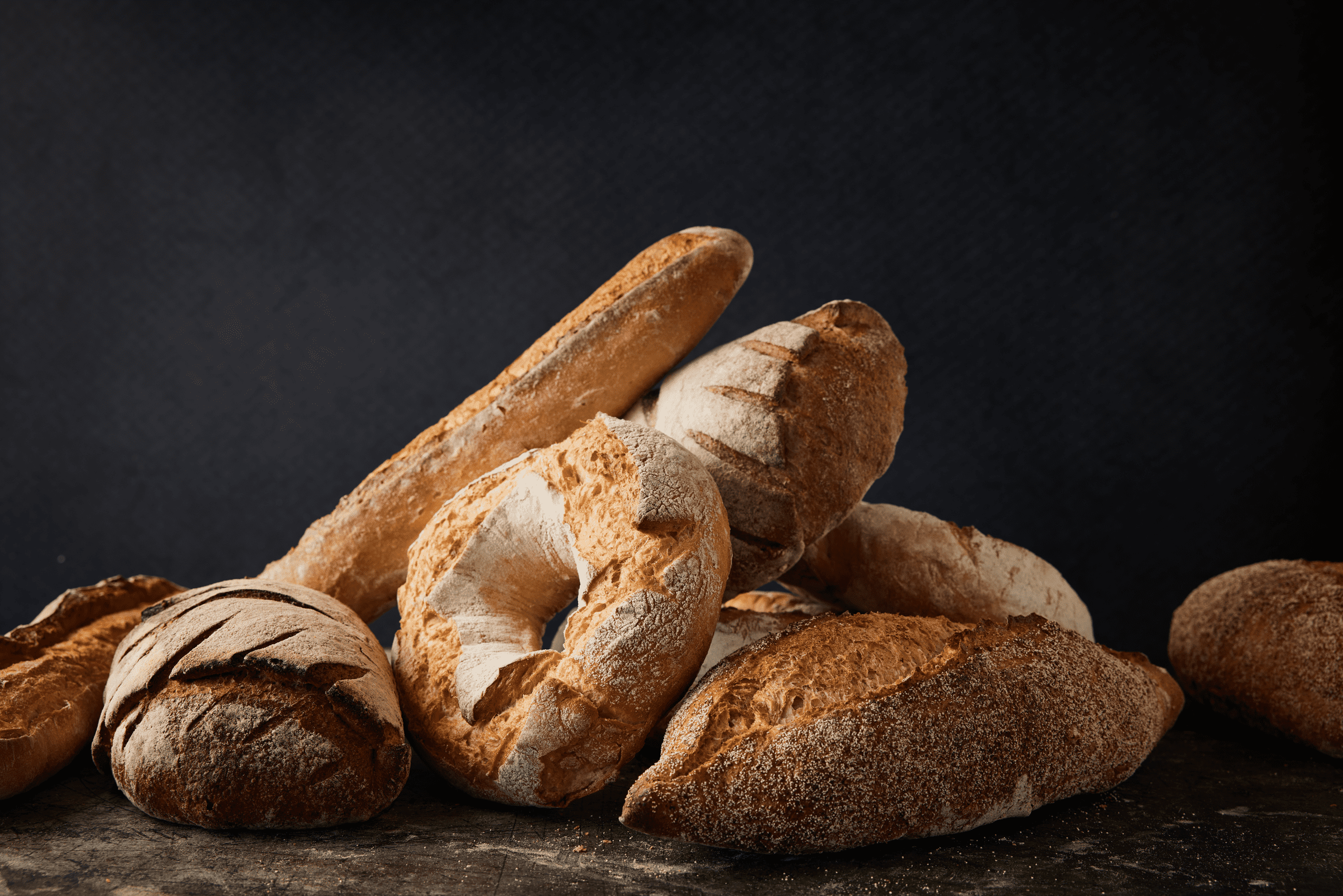
The 10 most popular types of speciality breads in the world
- Baguette – A long, thin loaf of French bread made from wheat flour, water, salt, and yeast. It is known for its crispy crust and soft interior.
- Sourdough Bread – A type of bread made with a sourdough starter instead of yeast. It has a tangy flavour and is popular in many parts of Europe and North America.
- Whole Wheat Bread – Made from whole wheat flour, this bread is considered healthier than white bread because it contains more fiber, vitamins, and minerals.
- Rye Bread – A dense bread made from rye flour and often mixed with wheat flour. It has a distinctive flavour and is popular in Northern and Eastern Europe.
- Pita Bread – A round, flatbread made from wheat flour and yeast. It is popular in Middle Eastern and Mediterranean cuisines and is often used to make sandwiches.
- Naan Bread – A type of Indian flatbread made from wheat flour and baked in a tandoor oven. It is often served with curries or used as a wrap.
- Brioche – A rich, buttery bread made from eggs, flour, sugar, and yeast. It is popular in France and is often served as a breakfast pastry.
- Focaccia – A flat Italian bread made from wheat flour, water, yeast, and olive oil. It is often topped with herbs, cheese, or vegetables and served as an appetizer or snack.
- Challah – A traditional Jewish bread made from eggs, flour, water, sugar, and yeast. It has a sweet flavour and is often braided before baking.
- Pumpernickel Bread – a type of dark rye bread that originated in Germany. It is made from coarsely ground whole rye grains, and often includes other ingredients such as molasses, caramel color, and sourdough starter. The bread has a dense texture and a distinctive, slightly sweet and tangy flavor.
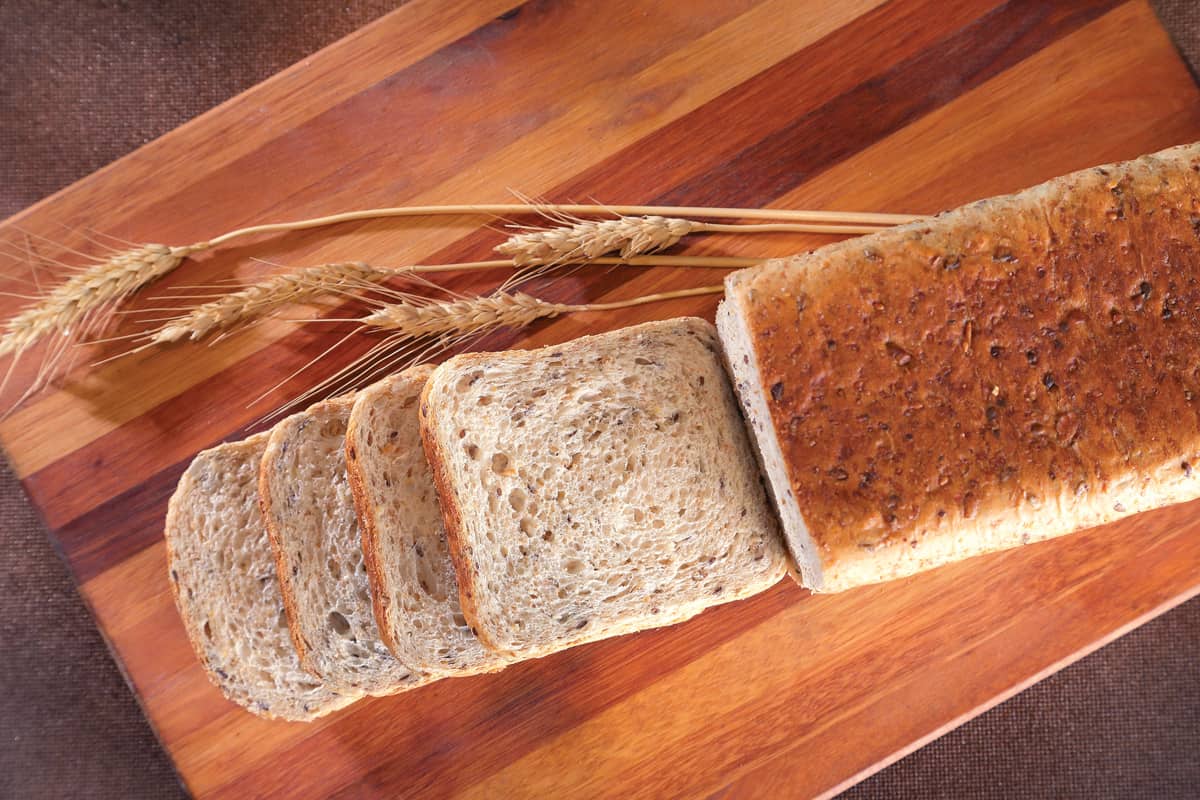
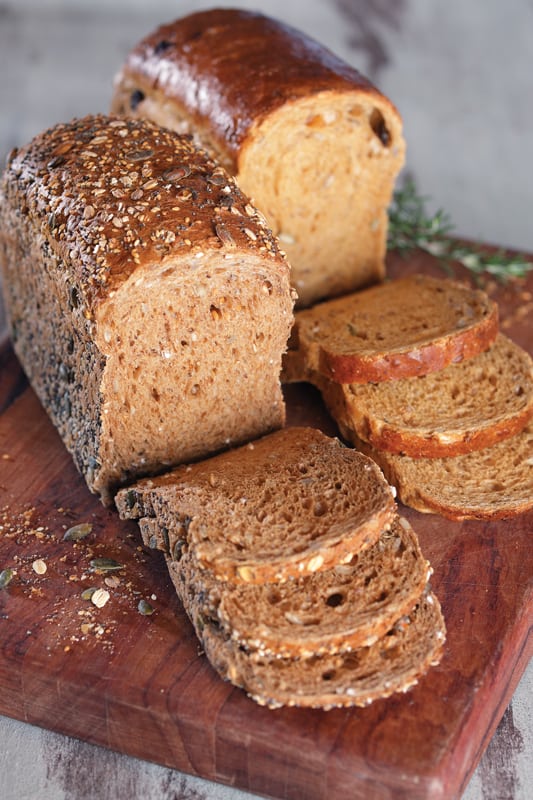
Current trends in the bread sector:
- Gluten-free bread: With an increasing number of people opting for gluten-free diets due to celiac disease, gluten sensitivity, or personal preference, gluten-free bread is becoming more popular.
- Artisan bread: The demand for artisanal and handmade bread continues to rise as consumers seek out high-quality, authentic products. Artisan bread is typically made with traditional methods and natural ingredients.
- Ancient grains: There is a growing interest in using ancient grains such as spelt, kamut, and einkorn in specialty breads. These grains are often considered to be healthier and have a unique taste and texture.
- Regional and ethnic breads: Consumers are looking for breads that reflect different regions and cultures.
- Plant-based bread: With the rise of veganism and plant-based diets, there is an increasing demand for bread made without animal products. Plant-based ingredients such as flax seeds, chia seeds, and almond flour are being used to make specialty breads.
- Health-focused bread: Consumers are looking for bread that not only tastes good but is also good for them. Specialty breads made with whole grains, seeds, and nuts are becoming more popular as they are perceived as healthier options.
- Innovative flavours: Specialty breads are being flavoured with a variety of ingredients such as herbs, spices, cheese, fruits, and vegetables to create unique and interesting taste profiles.
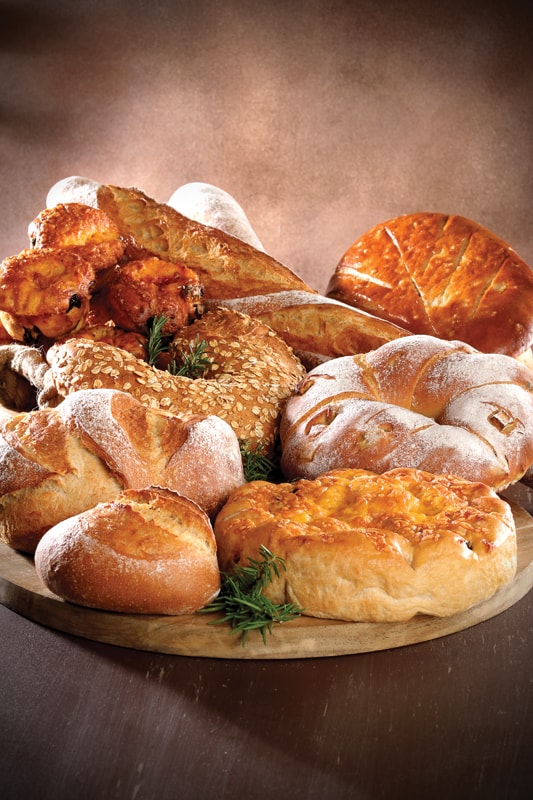
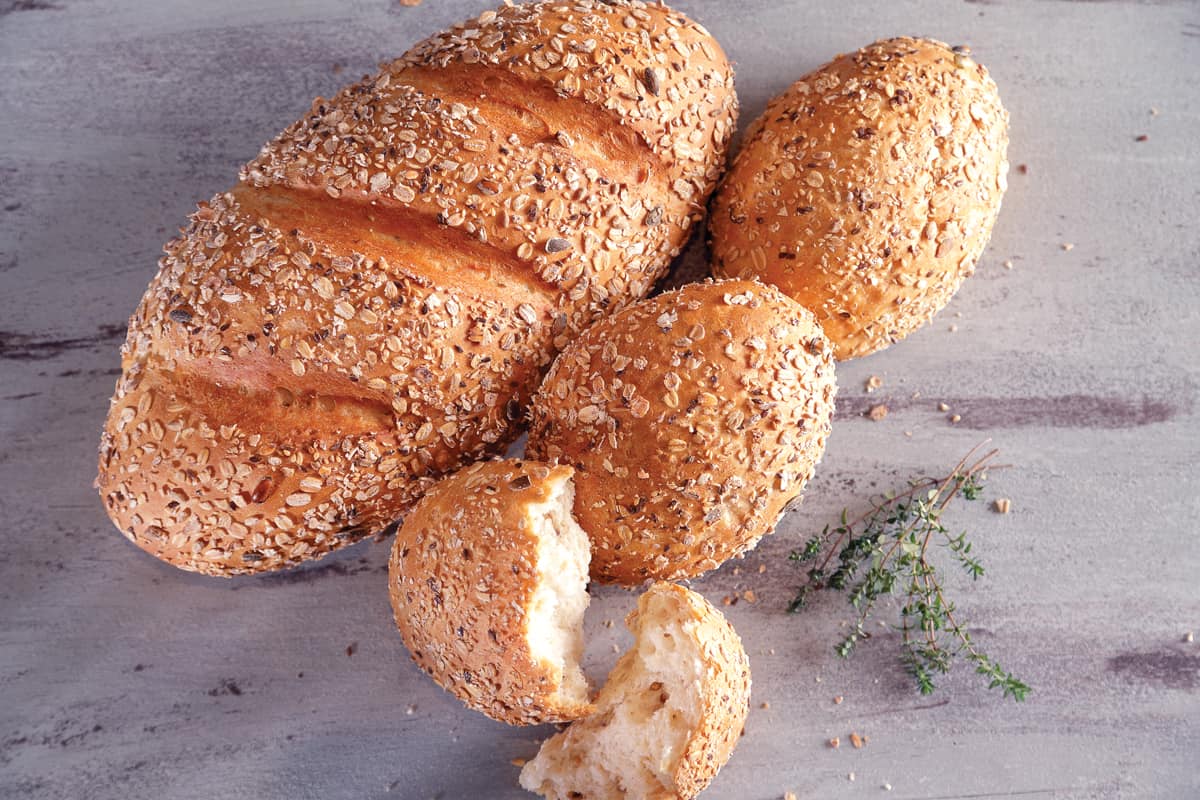
At South Bakels our speciality bread premixes are made with the finest ingredients and are customisable, allowing you to add your own unique touch to each loaf. Whether you prefer to add seeds, nuts, or herbs, our premixes are versatile enough to accommodate your creativity.
By using South Bakels specialty bread premixes, you can streamline your baking process and reduce your labour costs, while still delivering high-quality bread that your customers will keep coming back for. Our premixes are easy to use, making them ideal for both experienced and novice bakers.
So, what are you waiting for? Elevate your bakery’s bread game and attract new customers with South Bakels specialty bread premixes. Order now and experience the difference that our premixes can make in your bakery’s success.


